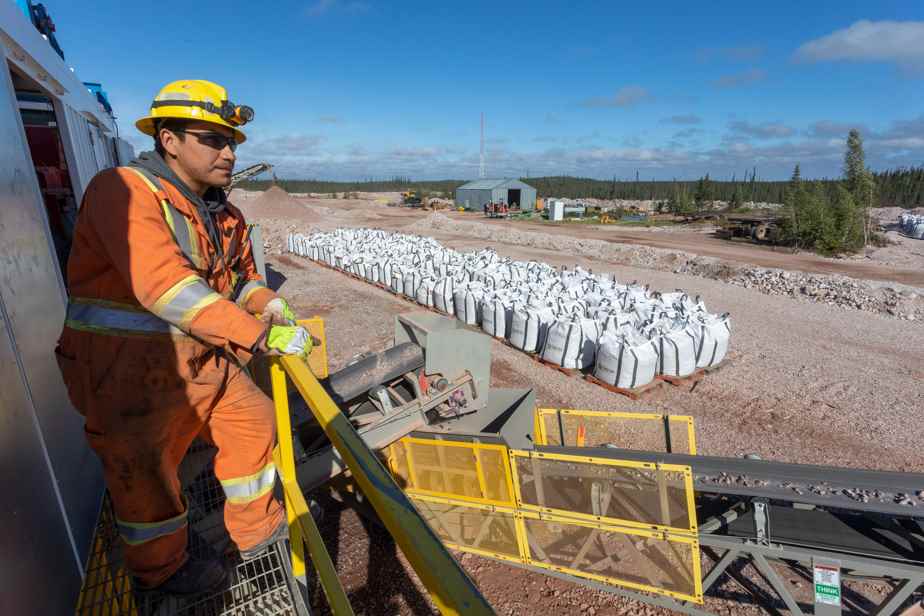Canada’s first operating rare earth mine has begun delivering its first mineral concentrates from its facilities in the Northwest Territories.
Posted at 12:02 p.m.
“Canada and its allies are breaking free from the rare earth supply chain from China,” said David Connelly, president of Cheetah Resources, which owns the Nechalacho mine located southwest of Yellowknife, in the Northwest Territories. of the North-West.
Rare earths are a group of metals with common properties such as ytterbium, lanthanum or gadolinium. They are essential in the manufacture of computers, light emitting diodes, wind turbines, electric vehicles and many other products needed to reduce the carbon footprint on the world.
Experts predict this market will see strong growth, from 6.8 billion in 2021 to over 12 billion by 2026.
Currently, nearly 60% of these minerals are mined in China. Global mining is also in the hands of Chinese companies. The arrival of Nechalacho can change the situation.
” [Nechalacho] is one of the few mines in North America that does not supply its production to China,” says Connelly.
The deposit, which contains 15 different elements, was discovered in 1983. The idea of exploiting the mine was submitted to the authorities more than a decade ago.
The project required a large consumption of water. It could create large tailings ponds. Environmental authorities in the Northwest Territories approved it but said it could have impacts that require risk mitigation.
The raw minerals are reduced to the size of gravel before passing through a sensor. “It’s a big X-ray machine on a conveyor belt that separates the white quartz from the heavier, denser stuff,” Connelly describes.
The concentrated product is transported by barge to Hay River. From there, it will be delivered by train to a rare earth processing plant in Saskatoon built by Vital Metals, the company that owns Cheetah. The provincial government wants to establish a rare earth processing site and a research center in this area.
The first shipments should arrive at the factory in June.
The refined product will be sold to a customer in Norway. There, each individual element will be separated from the others and turned into metal bars.
Nechalacho hopes to produce 25,000 tonnes of concentrates per year by 2025. The deposit is large enough to provide supply for several decades, Connelly estimates.
When production reaches its peak, the mine will employ about 150 people in the Northwest Territories and about 40 more in Saskatoon. The staff is not very numerous for a mine. According to Mr. Connelly, the workers will have a great influence on the northern economy since they will reside in the region.
Currently, 40 of the mine’s 50 employees live in the North, he adds. About 70% of them are Aboriginal. Cheetah signed an agreement with the Yellowknives Dene First Nation to manage the mining operation.
Mr. Connelly says his company hopes to eventually establish a partnership with the various indigenous groups in the region.
However, Nechalacho is not just an important operation for the Northwest Territories.
A supply of rare earths from a domestic source could help save the country’s auto industry, says Connelly. It will be easier for Canada to achieve its climate goals and strengthen its national security by being able to count on a secure supply of essential products, he continues.
According to the federal government, there are 13 rare earth mining projects, most of them in Saskatchewan and Quebec. Production could soon begin at the Kipawa mine in Quebec, which is owned by the same Australian owner of Cheetah.
“Canada has some of the largest known reserves and resources [mesurées et indiquées] of rare earths in the world, estimated at more than 14 million tons of rare earth oxides in 2021”, indicated the Federal Ministry of Natural Resources.
